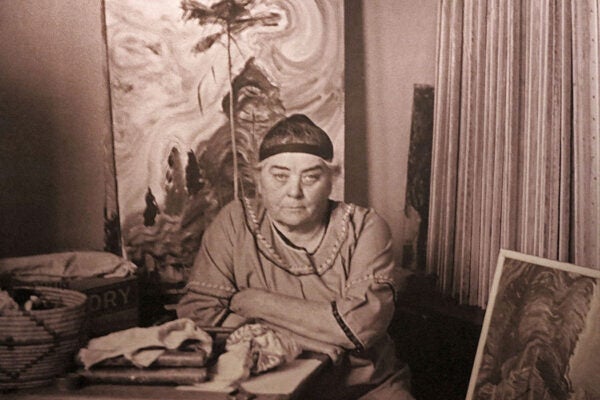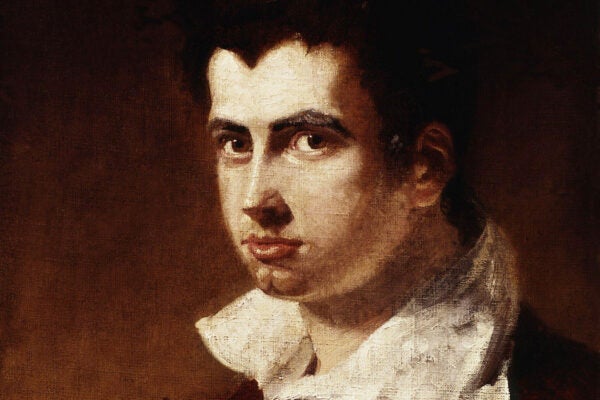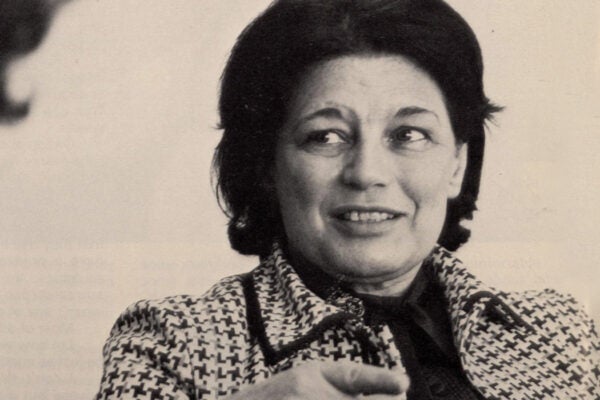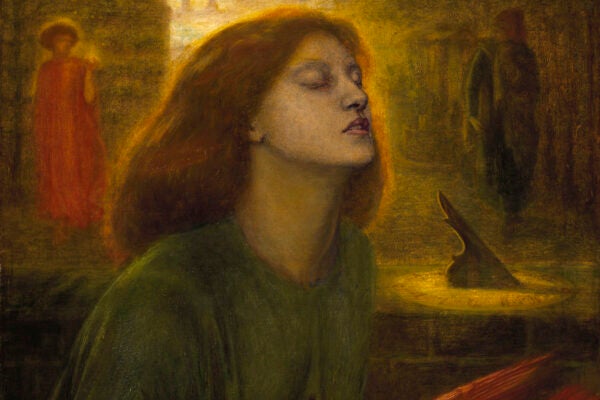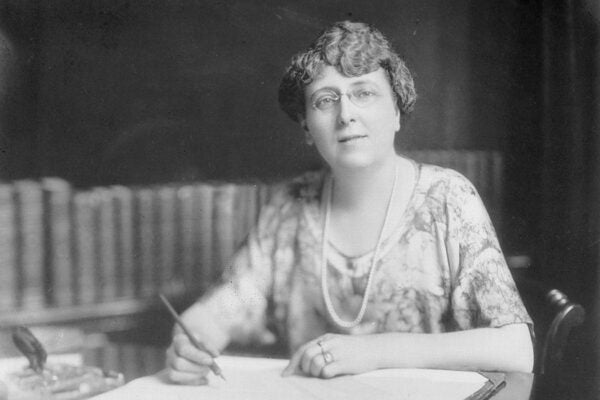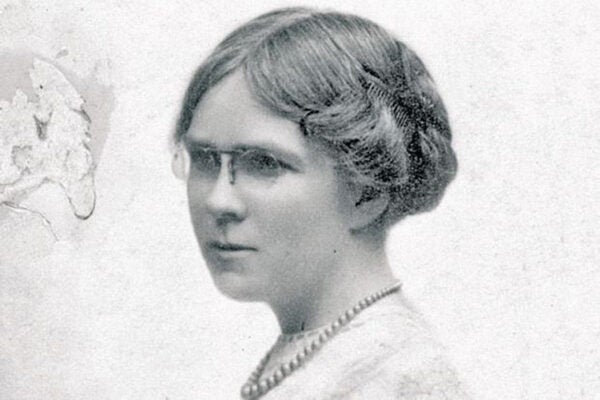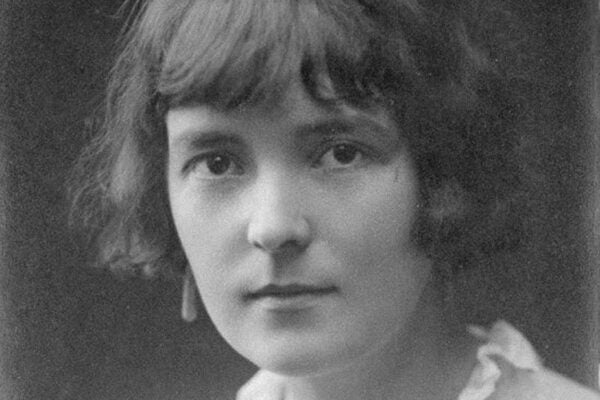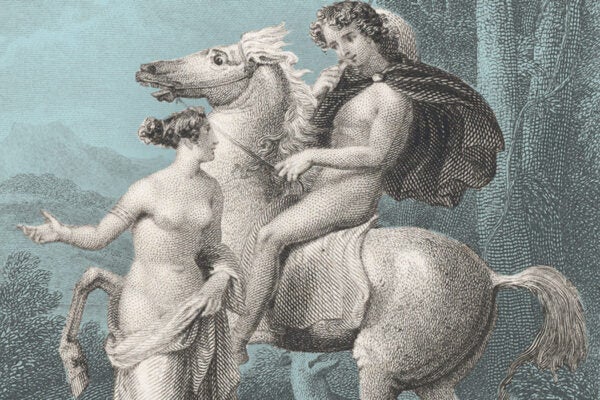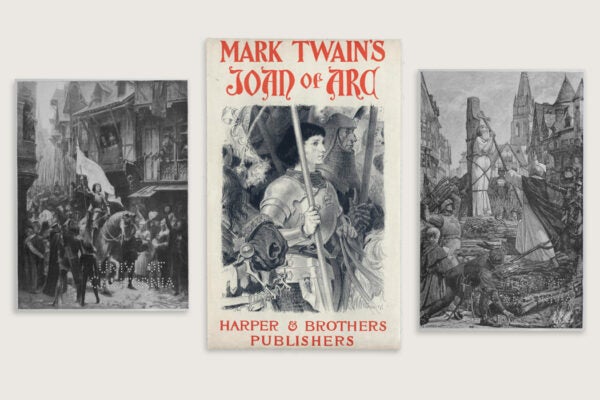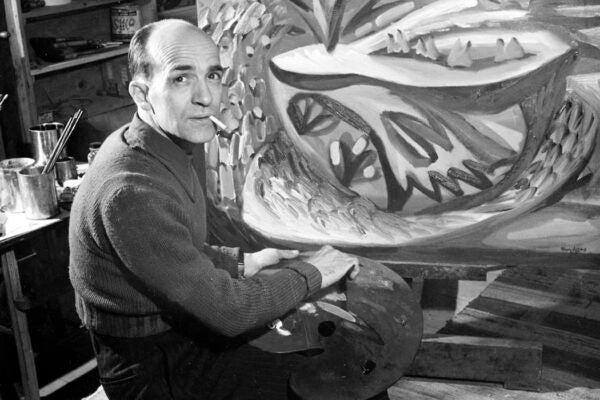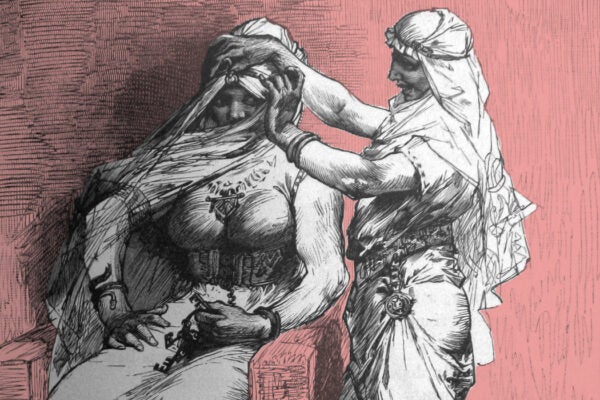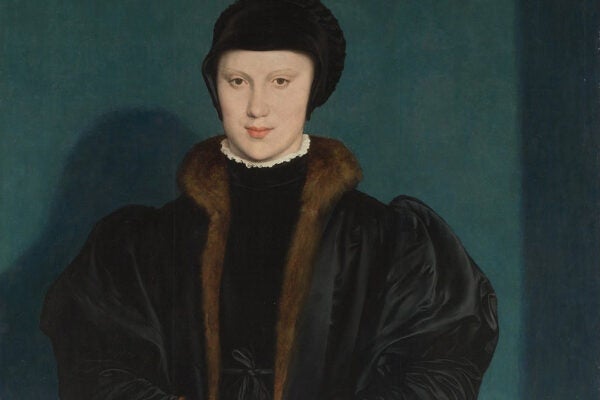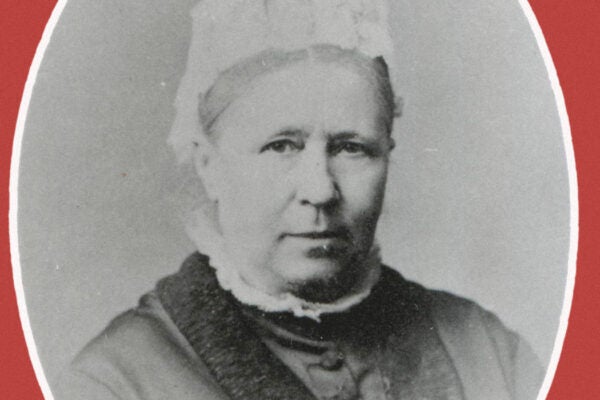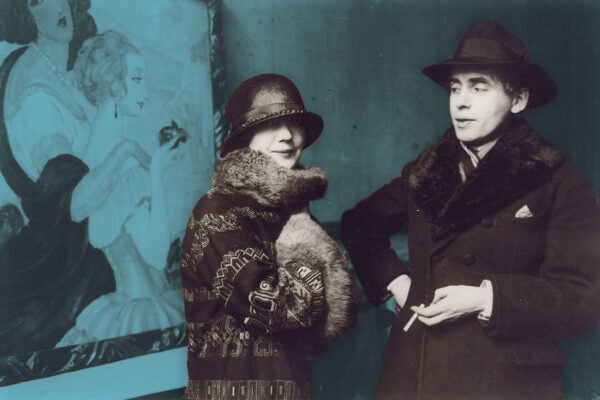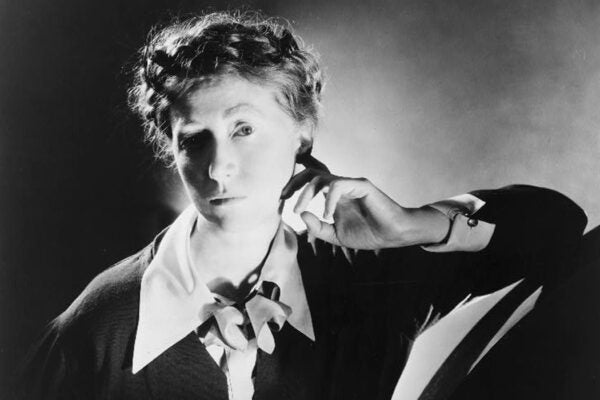What Is Serendipity?
We often credit unexpected events to serendipity. But who amongst us knows The Three Princes of Serendip, the tale from which the word derives?
Emily Carr and Canadian Identity
At times at odds with her self and her role in society, Carr sought an identity in the landscapes and Indigenous cultures of the Pacific Northwest.
Leigh Hunt, the Unstoppable Critic
Convicted and imprisoned for libeling the Prince Regent, Hunt capitalized on his incarceration by turning his prison cell into a newsroom and grand salon.
Remembering Mavis Gallant
Shaped by her Canadian origins and early work as a journalist, expatriate Gallant used the short story to examine the sociopolitics of post-war Europe.
Simone Weil: Voluntary Worker
The weeks Weil spent working in French factories helped to develop her ideas about the meaning and value of labor.
The Editor Who Drove Hemingway Away
Harry C. Hindmarsh, assistant managing editor of the Toronto Daily Star, knew how to get under Ernest Hemingway’s skin.
Becoming Beatrice
Dante adored her so much that he cast her as his guide in the Divine Comedy. But who was Beatrice Portinari?
Quebec, Louis Hémon, and Maria Chapdelaine
Louis Hémon’s Maria Chapdelaine grew from his views as a French immigrant writer on the rural life of early twentieth-century Quebec.
Zelda Fitzgerald on F. Scott’s Writing
Zelda’s satirical review of F. Scott's second novel, The Beautiful and the Damned, revealed much more than her wit.
L. M. Montgomery’s Plain Jane
Though not as well known as Anne of Green Gables, Montgomery's Jane of Lantern Hill also explores domesticity, freedom, and, yes, Prince Edward Island.
“The Crocodile,” Dostoevsky’s Weirdest Short Story
Why being eaten by a crocodile named Little Karl is really a lesson in the dangers of foreign capital.
Dorothy Richardson and the Stream of Consciousness
Though often associated with Virginia Woolf and James Joyce, “stream of consciousness” novels spilled first from the pen of British modernist Dorothy Richardson.
Katherine Mansfield and Anton Chekhov
Living in exile in Germany, the young New Zealand writer Katherine Mansfield found solace in studying—and copying—Chekhov’s short stories.
Remembering Maud Lewis
A symbol of resilience and resourcefulness, Lewis remains one of Canada’s best-loved and most-celebrated folk artists.
Shakespeare’s First Published Work
Celebrated for his plays, Shakespeare actually opened his writing career with a derivative poem.
The Flour War
In eighteenth-century France, the scarcity and price of flour was the base ingredient for what would become one of history’s bloodiest revolutions.
Mark Twain’s Obsession with Joan of Arc
Despite being famous for his witty analyses of the American South, Twain was proudest of the historical fiction he wrote about France’s legendary martyr.
The “Refus Global”
Published in 1948 by the artist group Les Automatistes, the Refus Global manifesto challenged Québécois political, religious, and social traditions.
That Time Thor and Loki Cross-Dressed
Why the Old Norse gods disguised themselves as a bride and bridesmaid before visiting Thrymr, king of Jötunheima.
Picturing Christina of Denmark
Christina of Milan, Duchess of Milan, used an unusual tool to avoid becoming one of Henry VIII's unfortunate wives—the royal portrait.
Mary Taylor, Charlotte Brontë’s Cool Friend
An independent traveler and business owner, Taylor inspired many of Brontë's own enterprises, including her relocation to Brussels.
Lady with an Ermine Meets Nazi Art Thief Hans Frank
Leonardo da Vinci’s famous painting bore witness to the administrative acts that enabled the crimes committed against Polish Jews during World War II.
The Mystery of Beethoven’s “Immortal Beloved”
More than 200 years have passed since Beethoven wrote a passionate letter to his “Immortal Beloved.” We still don’t know her name.
What Actually Happened to “The Danish Girl” and Her Wife
Lili Elbe, a Danish-born transgender woman, famously transitioned in the early twentieth century. What did her spouse, Gerda Wegener, think about it?
Marianne Moore: Master Mentor
A widely published poet with deep editorial experience, Moore turned out to be the perfect mentor for a Vassar student named Elizabeth Bishop


